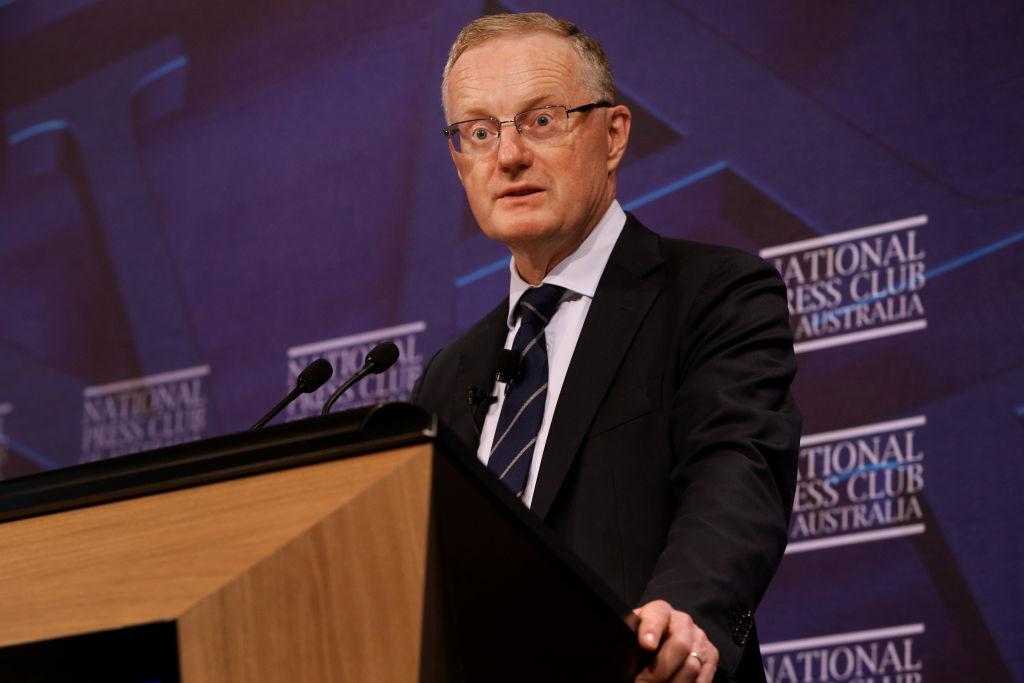Philip Lowe, governor of the Reserve Bank of Australia (RBA), has advised Australians to have a mortgage payment buffer for when interest rates inevitably rise.
“Interest rates will go up. We need to be prepared for that, and people need to have buffers,” Lowe told the National Press Club on Wednesday in response to a question. “One of the things that I think will happen is interest rates will go up. I can’t tell you when, but they will go up.”





